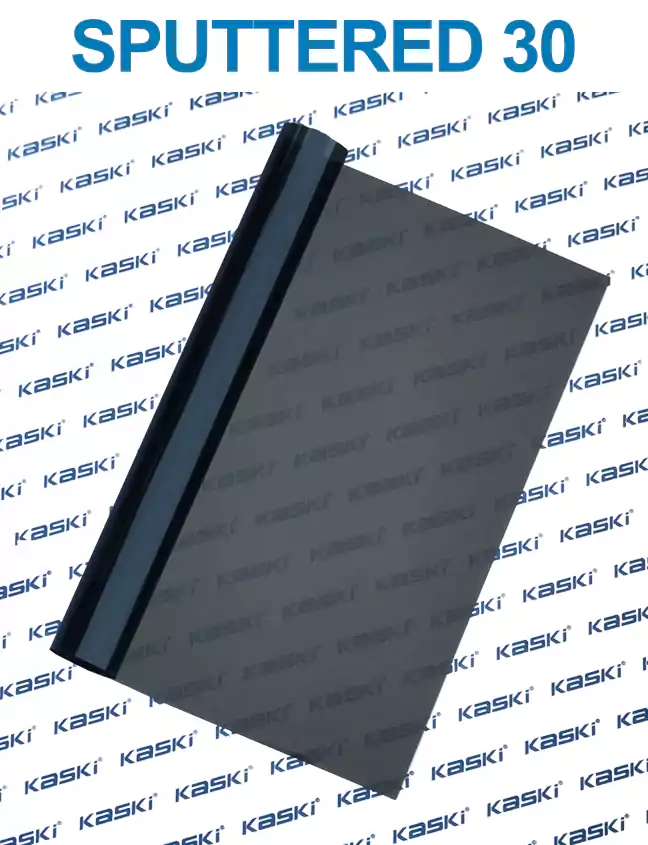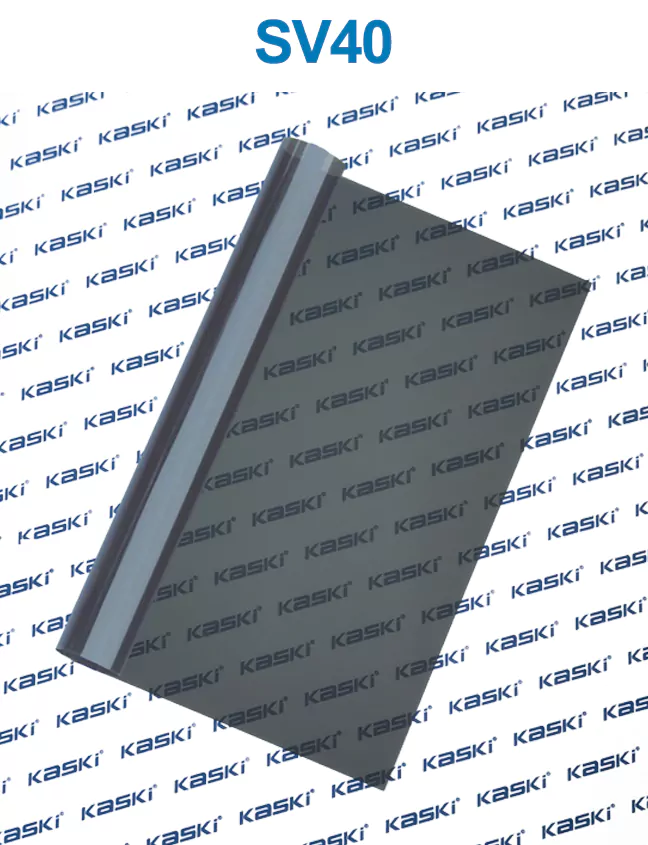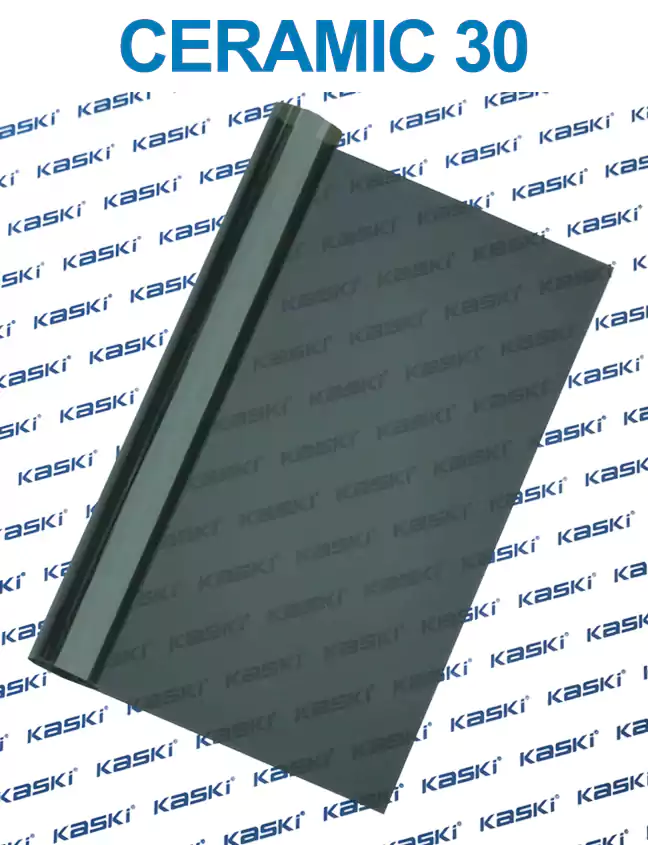Automotive window tinting has become an increasingly popular choice for car owners looking to enhance their driving experience, improve energy efficiency, and protect their vehicle's interior. In this comprehensive guide, we'll explore the principles, advantages, and installation process of automotive window tinting, providing you with the knowledge to make an informed decision for your vehicle.
The Principles of automotive window tinting
Window tinting is the application of a thin, transparent film to the glass surfaces of a vehicle. This film is designed to block a significant portion of the sun's UV rays and reduce the amount of heat that enters the car's interior. The tint can be applied to the side windows, rear glass, and even the windscreen, depending on local regulations.
The primary purpose of heat control window film is to enhance the comfort and energy efficiency of your vehicle. By rejecting the sun's heat, the tint can help keep the interior cooler, reducing the need for excessive air conditioning and saving you money on fuel costs. Additionally, the tint can protect your vehicle's interior from fading and damage caused by prolonged exposure to UV rays.
Advantages of Automotive Window Tinting
1. Increased Comfort: By blocking the sun's heat, window tinting can make your car's interior significantly more comfortable, especially during the hot summer months.
2. Improved Energy Efficiency: Reduced heat absorption means your vehicle's air conditioning system doesn't have to work as hard, leading to improved fuel efficiency and lower energy costs.
3. UV Protection: Window tinting can block up to 99% of harmful UV rays, safeguarding your skin and the interior of your car from sun damage.
4. Privacy and Security: Tinted windows can provide an added layer of privacy, making it more difficult for passersby to see into your vehicle.
5. Protect Interior Furnishings: The UV protection offered by window tinting can help preserve the condition of your car's upholstery, dashboard, and other interior furnishings, preventing premature fading and deterioration.
6. Aesthetic Appeal: Many car owners choose to tint their windows for the sleek, sophisticated look it provides, enhancing the overall appearance of their vehicle.
Installation Process: A Detailed Case Study
To illustrate the installation process, let's take a look at a specific case study involving a 2020 Toyota Camry.
The vehicle owner, Sarah, decided to have her Toyota Camry's windows tinted to improve the car's energy efficiency and protect her young children from the sun's harmful rays. She contacted a reputable local window tinting specialist, who provided a detailed consultation and assessment of her vehicle.
The specialist recommended a high-quality tinting film that would block up to 99% of UV rays while still allowing a sufficient amount of natural light to enter the cabin. The installation process took approximately two hours and was carried out with great care and attention to detail.
First, the specialist thoroughly cleaned the vehicle's windows to ensure proper adhesion of the tinting film. Next, they carefully measured and cut the tinting film to fit each window precisely, ensuring a seamless and professional-looking finish.
During the application process, the specialist used a specialized tool to apply the tint, carefully smoothing out any air bubbles or wrinkles to ensure a flawless appearance. They paid close attention to the edges of the film, ensuring a tight and secure fit to prevent peeling or lifting over time.
Once the tinting was complete, the specialist provided Sarah with detailed instructions on the proper care and maintenance of the tinted windows, advising her to avoid using harsh cleaning products or scrubbing the surfaces.
Testimonials
"I'm so glad I decided to tint the windows of my Toyota Camry. The difference in the interior temperature is remarkable, and I no longer have to crank the air conditioning to stay cool. The tint also gives my car a sleek, modern look that I absolutely love." - Sarah, Toyota Camry owner
"Automotive window tinting was one of the best investments I've made for my vehicle. Not only does it keep my car cooler and more comfortable, but it also provides an extra layer of privacy and security. The installation process was quick and hassle-free, and the results are fantastic." - Michael, Honda Civic owner
In conclusion, heat control window film is a practical and versatile solution for enhancing your driving experience, improving energy efficiency, and protecting your vehicle's interior. Whether you're looking to stay cooler in the summer, preserve your car's furnishings, or simply achieve a stylish, sophisticated look, window tinting is a worthwhile investment that can provide numerous benefits for years to come.
















